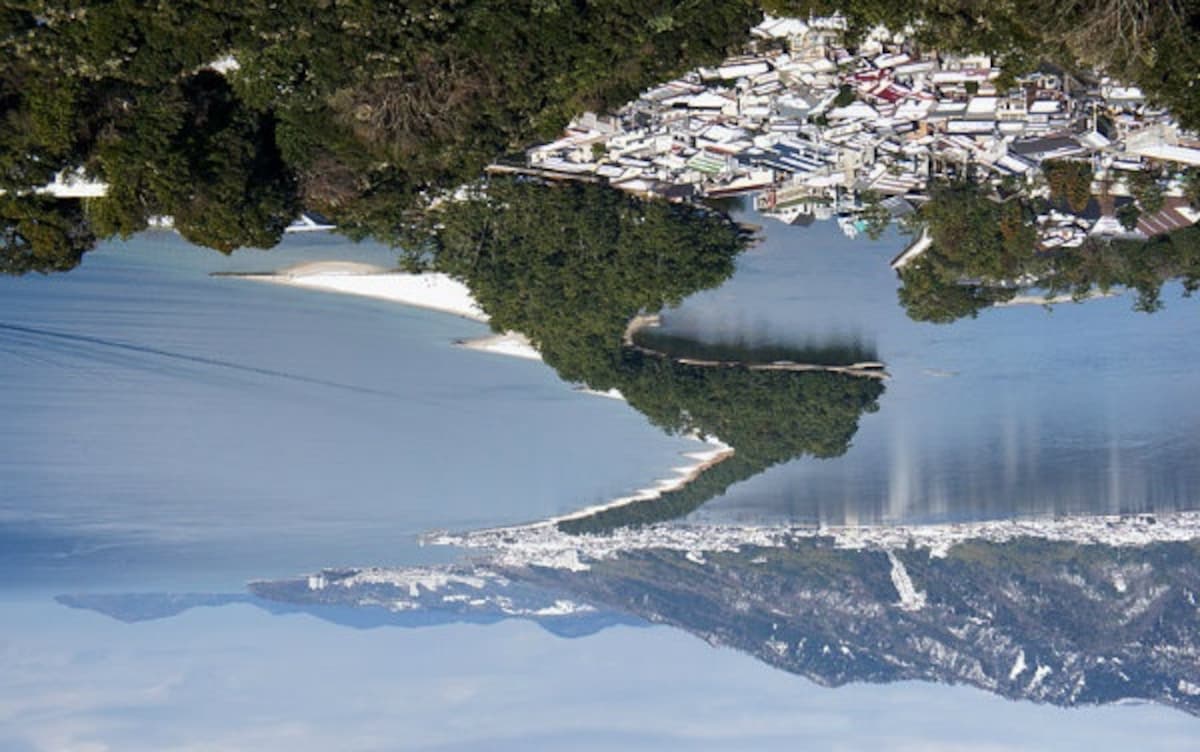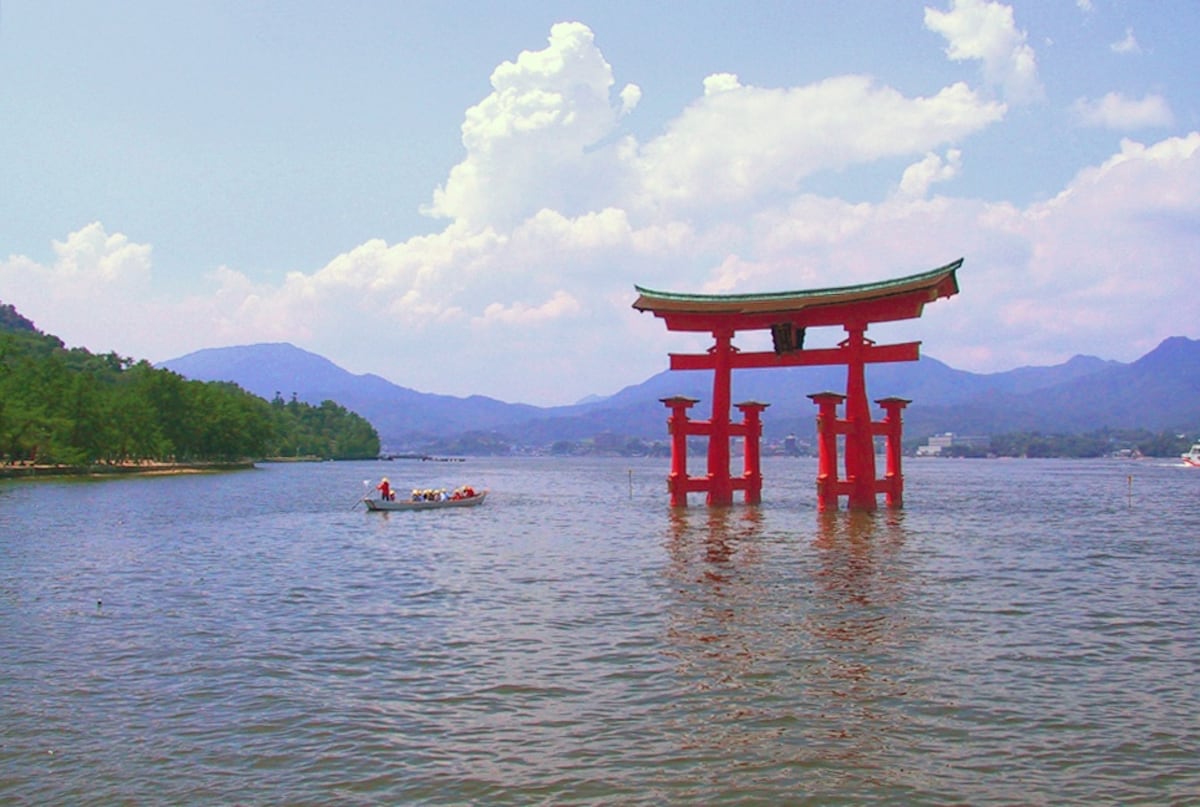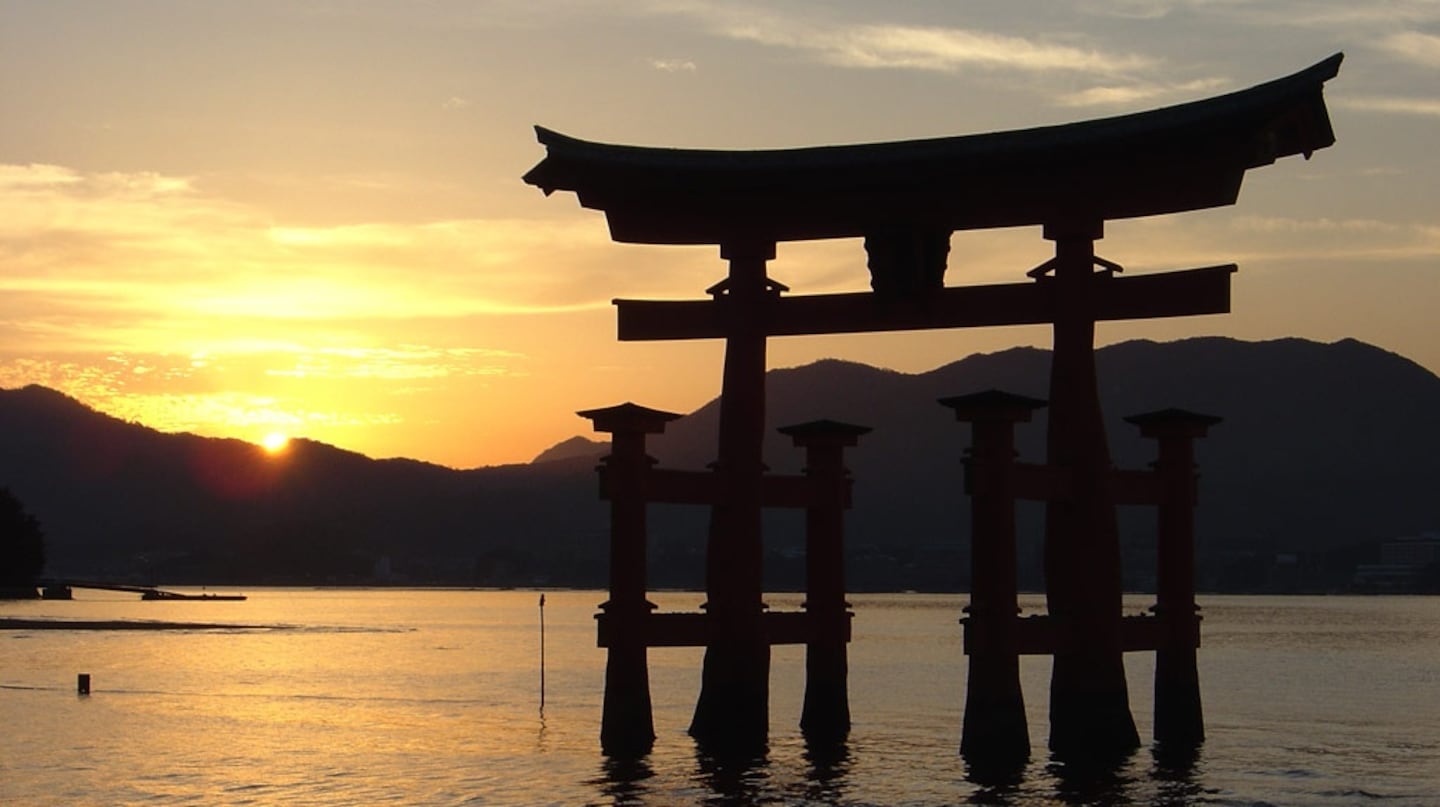Japan's Top 4 'Best 3' Sightseeing Spots!
Have you ever wondered what the most spectacular views in Japan are? What are Japan’s Three Scenic Spots and who designates what goes on these lists? Find out the answers to these questions and more while checking out some of the best scenery Japan has to offer.
By SoraNews24https://www.youtube.com/watch?v=OpZV15Q_N0M
The "Places of Scenic Beauty" (meisho) and "Special Places of Scenic Beauty" (tokubetsu meisho ) are designated by the Japanese government. "The Three Scenic Spots" (Nihon Sankei ), perhaps the oldest of the lists and probably the most popular still used today, is attributed to the scholar Hayashi Gaho in 1643. These big three also landed on the government-designated list of "Places of Scenic Beauty."
The Nihon Sankei are:
1. Matsushima (Miyagi)
https://commons.wikimedia.org/wiki/File:Matsushima_miyagi_z.JPG#/media/File:Matsushima_miyagi_z.JPG
This view of Matsushima is idyllic, with boats floating on the calm waters of the bay. This body of water is also famous for its oysters.
Be sure to check out Matsushima on the night of a full moon, too. For about two hours you can see a glittering road, a reflection of the moon, on the sea. Once the moon has risen, it casts shadows of the islands and trees on the water.
2. Amanohashidate (Kyoto Prefecture)

https://commons.wikimedia.org/wiki/File:Amanohashidate_view_from_Mt_Moju02s3s4592.jpg#/media/File:Amanohashidate_view_from_Mt_Moju02s3s4592.jpg
Amanohashidate (“The Bridge to Heaven”) is in northern Kyoto. From the top of the mountain at Kasamatsu Park, you look over a sandbar lined with pine trees that reaches out across the sea and connects to another land mass on the other side.
The optimal view of Amanohashidate is to do what the Japanese tourists do: matanozoki. To experience it, stand on the designated matanozoki platform with your back to the sea. Make sure you have a wide stance. Place your hands on your thighs and bend over, with your lower back to the sky, until you can see through your legs! This grandiose pose makes the sand bar look like “a land bridge to heaven” similar to the picture above.
See the “Amanohashidate Bridge of Fire” on Marine Day (the third Monday in July) when 300 torches are lit in the evenings making a “fire bridge” that joins the two landmasses.
3. Itsukushima Torii Gate (Hiroshima)

https://upload.wikimedia.org/wikipedia/commons/0/07/Itsukushima_torii_distance.jpg
Itsukushima shrine is one of Japan’s 20 UNESCO World Heritage Sites. When the tide comes in, the water surrounds the shrine as well as the torii gate making it look like the giant vermilion gate is floating. The view is equally beautiful at night when the structure is bathed in artificial light, creating a completely different photo opportunity. For even more amazing views of the otorii (big gate), be sure to attend the fireworks festival at the beginning of the Obon holiday in August.
Continuing onto the next page, the next three views are from the New Three Views of Japan (Shin Nihon Sankei).





